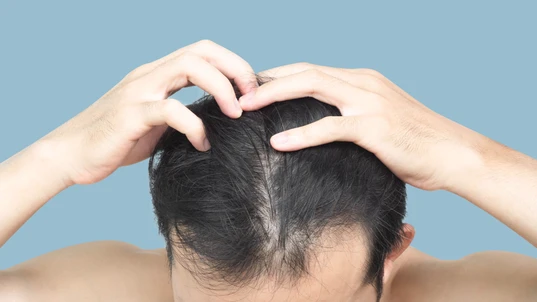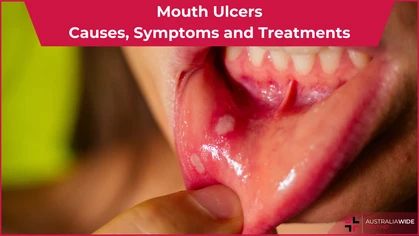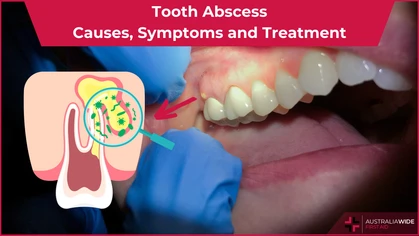Iron Imbalances Occur in Men Too

General Health-Related

The most common symptoms of iron imbalances are often attributed to other causes.
Iron imbalances are often associated with women, but it is important to recognise that men can experience iron imbalances as well. Iron imbalances can have a variety of health effects. These effects can range from mild to very severe. They can also affect your daily life and mental wellbeing. Recognising potential iron issues early in men is important. Seeking advice can help prevent health issues. In severe cases, these health issues can lead to organ damage.Why is Iron Important?
Iron is an essential element needed by your body for a range of processes. Perhaps the most crucial process that iron is involved in is the transport of oxygen throughout your body via your blood. Iron is a component of haemoglobin, which is a protein in your red blood cells that binds with oxygen to carry it within the bloodstream. Besides carrying oxygen around your body, iron is also vital for:- Energy production at the cellular level
- Production and maturation of immune cells
- Assisting immune cells to recognize and destroy pathogens
- Synthesis of neurotransmitters such as dopamine and serotonin, which are essential for mood regulation and cognitive processes
- DNA synthesis
- The metabolism of carbohydrates, fats, and proteins

Hair loss is an often unrecognised symptom of iron deficiency in men.
Iron Deficiency
Iron deficiency is a condition that occurs when there is not enough iron in the body. Iron deficiency is far less common in men than it is in women, largely in part because men don’t lose blood through menstruation. Men are also more likely to reach their daily iron intake from their food (men have a much lower intake need than women, also because of the lack of menstruation). Symptoms of mild to moderate iron deficiency include fatigue and shortness of breath. If you start experiencing heart palpitations, are looking more pale than usual, or notice that you seem to always be ill, it could be a sign of a more extreme iron deficiency. Men may also notice:- Difficulty swallowing
- A sore tongue
- Mouth ulcers
- Tinnitus
- Hair loss
- Have a diet low in iron-rich foods
- Have an eating disorder
- Are alcohol dependent
- Follow fad diets
- Are a vegetarian or vegan
- Are of Aboriginal or Torres Strait Islander descent
- Participate in high levels of exercise
- Have intestinal worms
- Are a regular blood donor
- Have a condition which predisposes you to bleeding (e.g. gum disease, polyps, stomach ulcers, cancers of the bowel)
- Have a chronic disease (e.g. cancer, autoimmune diseases, kidney disease, or heart failure)
- Take aspirin regularly
- Are unable to absorb iron efficiently (e.g. through conditions such as coeliac disease)

Fatigue, joint pain, memory fog, erectile dysfunction and impotence are all symptoms on hemochromatosis.
Hemochromatosis (Iron Overload)
Hemochromatosis, also known as iron overload, is a genetic condition where the body stores excess iron. It is more common in men than women, and can present some unique challenges to men who are suffering from it. As a genetic condition, hemochromatosis can present at birth. It is more common, however, for symptoms to develop toward middle-age. Men typically present with symptoms of hemochromatosis after the age of 40 (and women after 60). Hemochromatosis can be clinically diagnosed through a genetic test to determine if you have the altered versions of the gene responsible. You inherit two copies of each gene – one from each parent. If you happen to have two copies of the altered gene, you are more likely to develop hemochromatosis and to pass it on to your own children. If you only inherit one copy, you unlikely to develop hemochromatosis, but you can still pass it on to your children. Other forms of hemochromatosis include juvenile hemochromatosis (symptoms appearing between 15-30 years of age, and caused by changes in a different gene; neonatal hemochromatosis (iron build-up in the liver of a developing baby); and secondary hemochromatosis (not inherited, often caused by multiple blood transfusions). Hemochromatosis, or iron overload, occurs when the hormone hepcidin is affected (through the altered genes) and causes the body to absorb more iron than needed. This iron is stored throughout your body in organs such as the liver and can cause irreparable damage to your organs including the liver, pancreas, pituitary gland, and even the heart. Symptoms for hemochromatosis can be non-existent, which can lead to serious problems developing before you ever knew you had this condition. If you are symptomatic, often the symptoms are non-specific and often blamed on other conditions, including aging. These symptoms can include:- Fatigue
- Weakness
- Stomach pains
- Joint pains
- Weight loss
- Memory fog
- Osteoporosis
- Loss of libido
- Testicle shrinkage
- Impotence
- Erectile dysfunction
- Reduced testosterone
- Have two copies of the affected gene
- Are of Northern European descent
- Have a family history of hemochromatosis
Look After Your Body and Your Blood
Men are less likely to see a health professional when experiencing any issues, but it is crucial that any symptoms of iron imbalances are checked early in order to prevent further complications. How can first aid help someone suffering from an iron imbalance? Symptoms of an iron imbalance could result in dizziness, unsteadiness, falls and accidental injuries. Keeping your first aid skills up to date ensures you are able to help when the time comes.
Originally published at
https://www.australiawidefirstaid.com.au/resources/iron-imbalances-in-men
as part of the Australia Wide First Aid Articles Library









